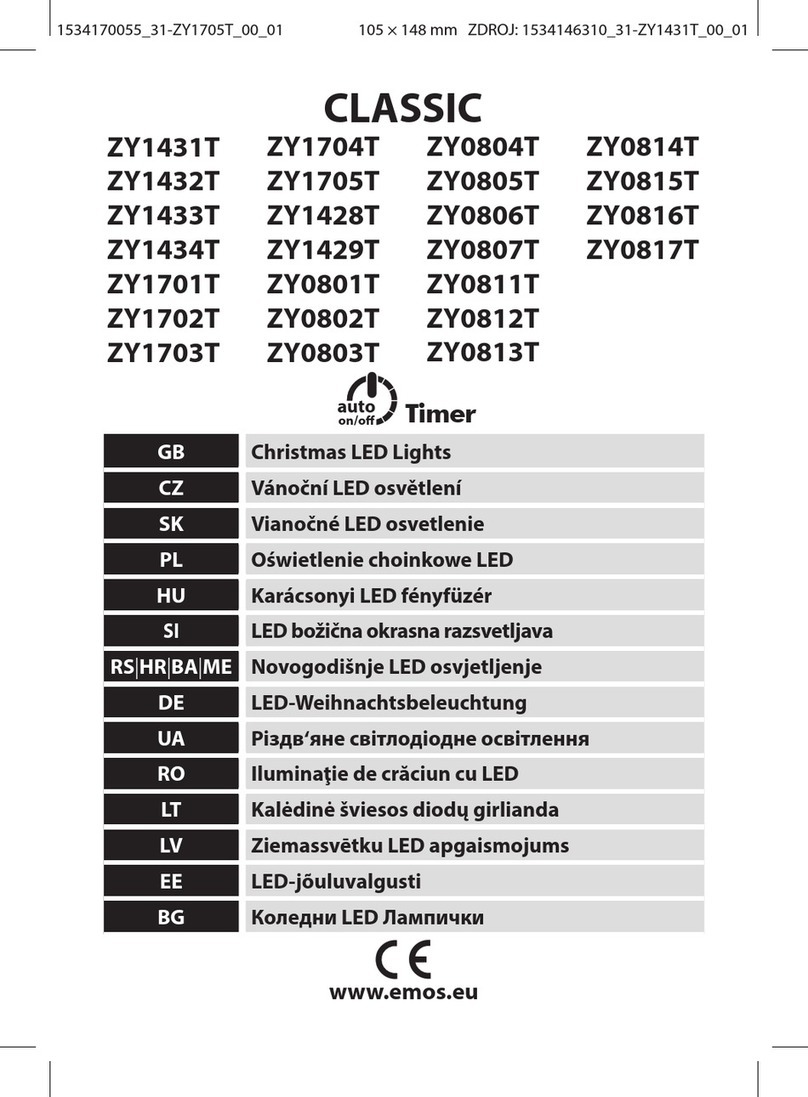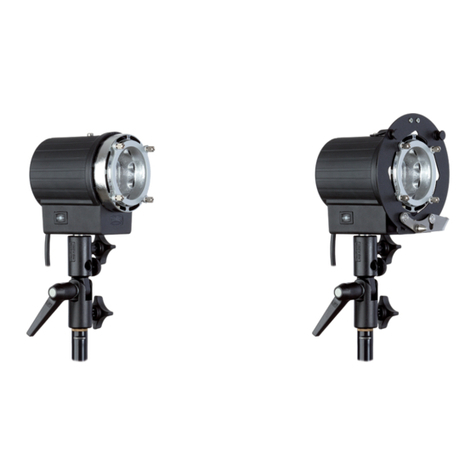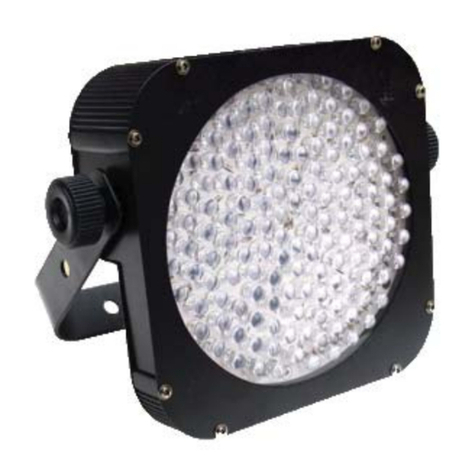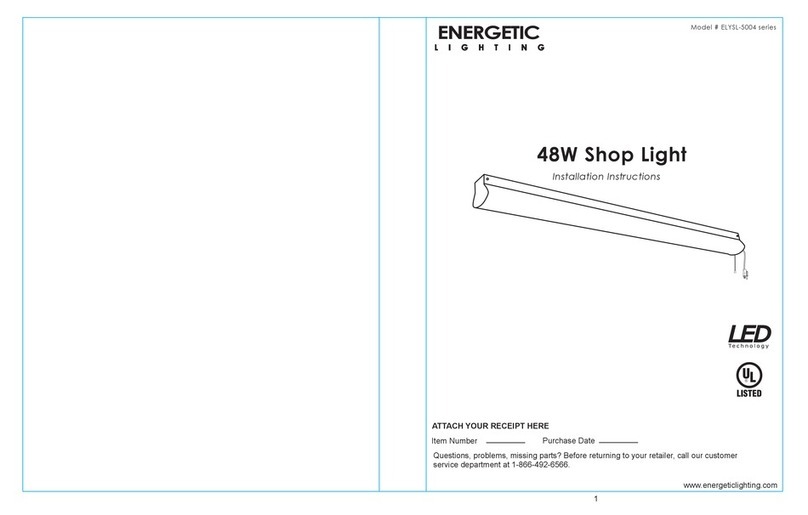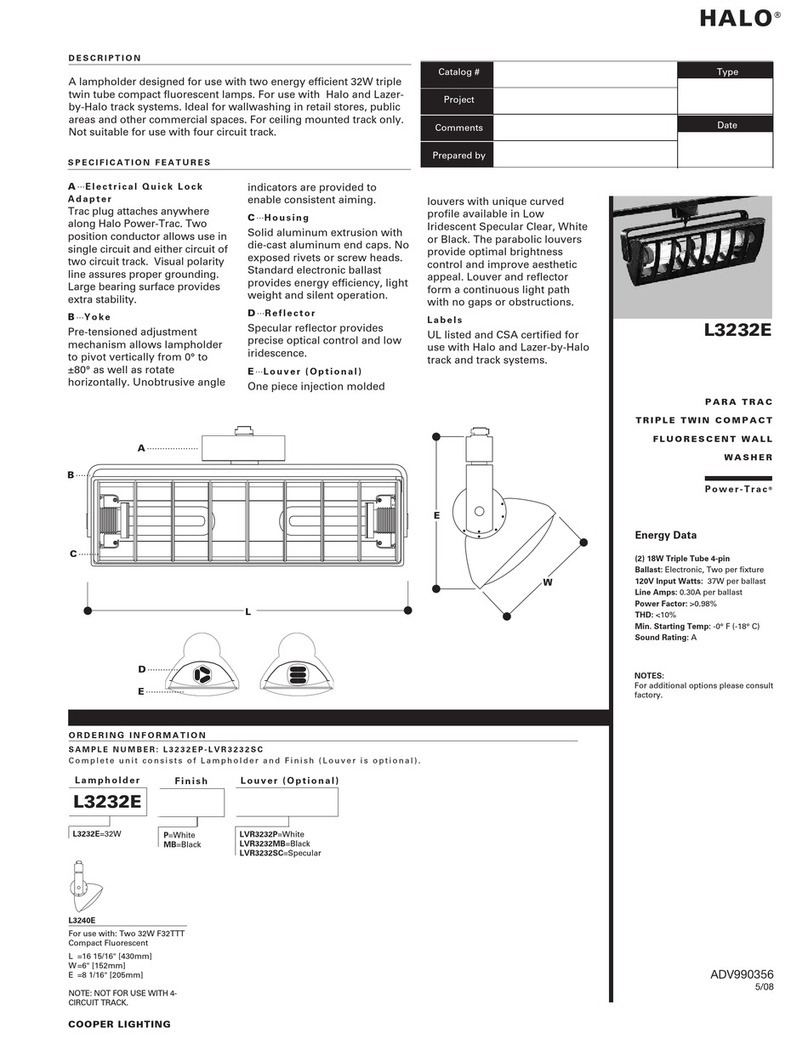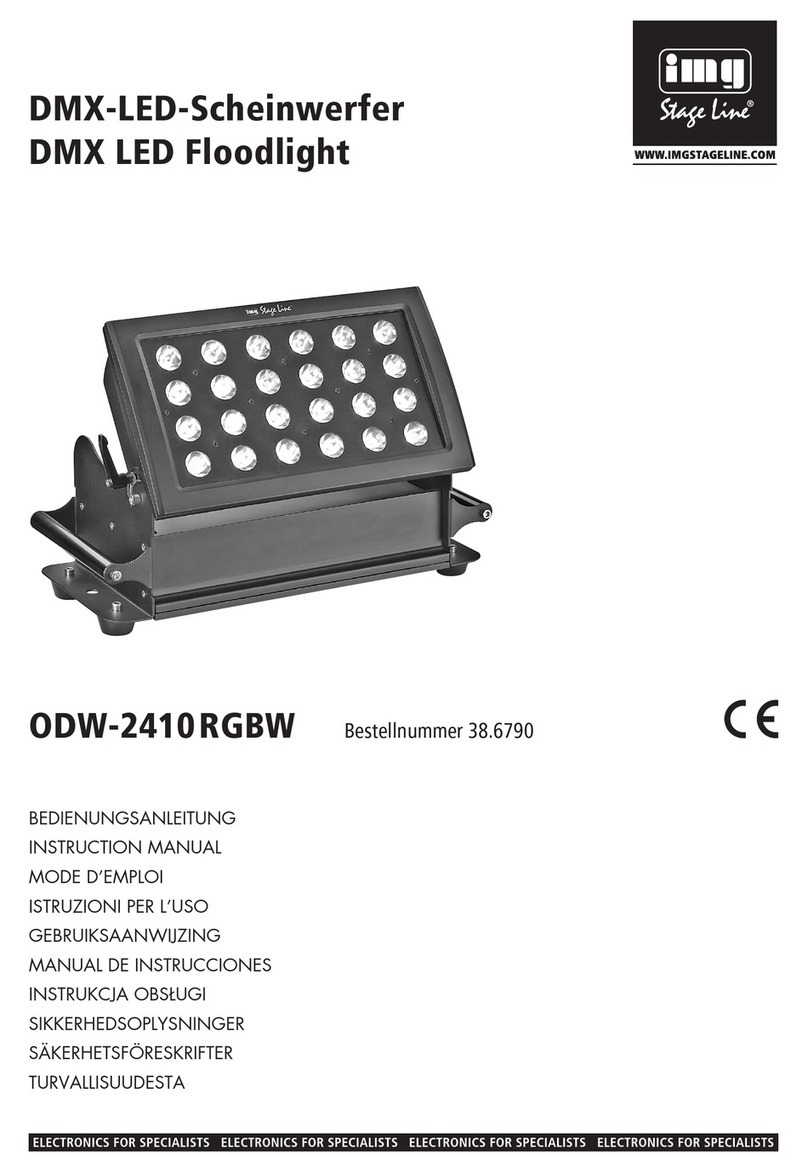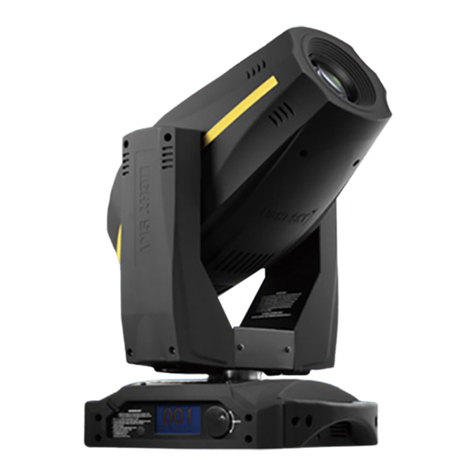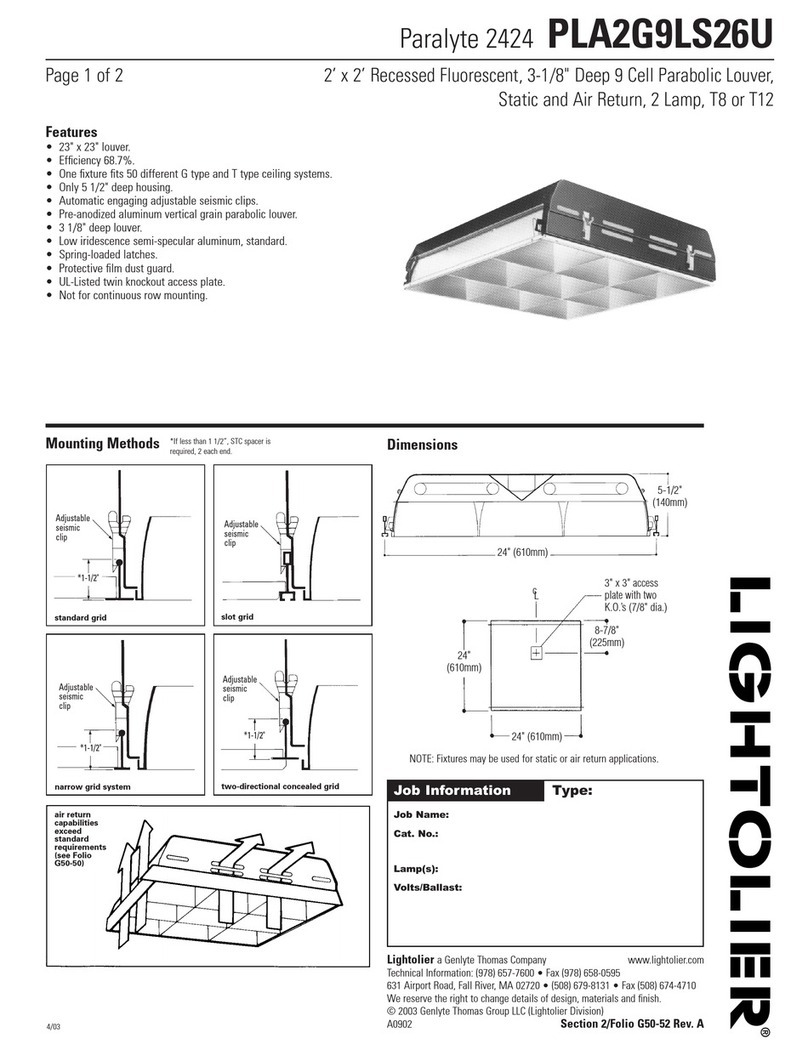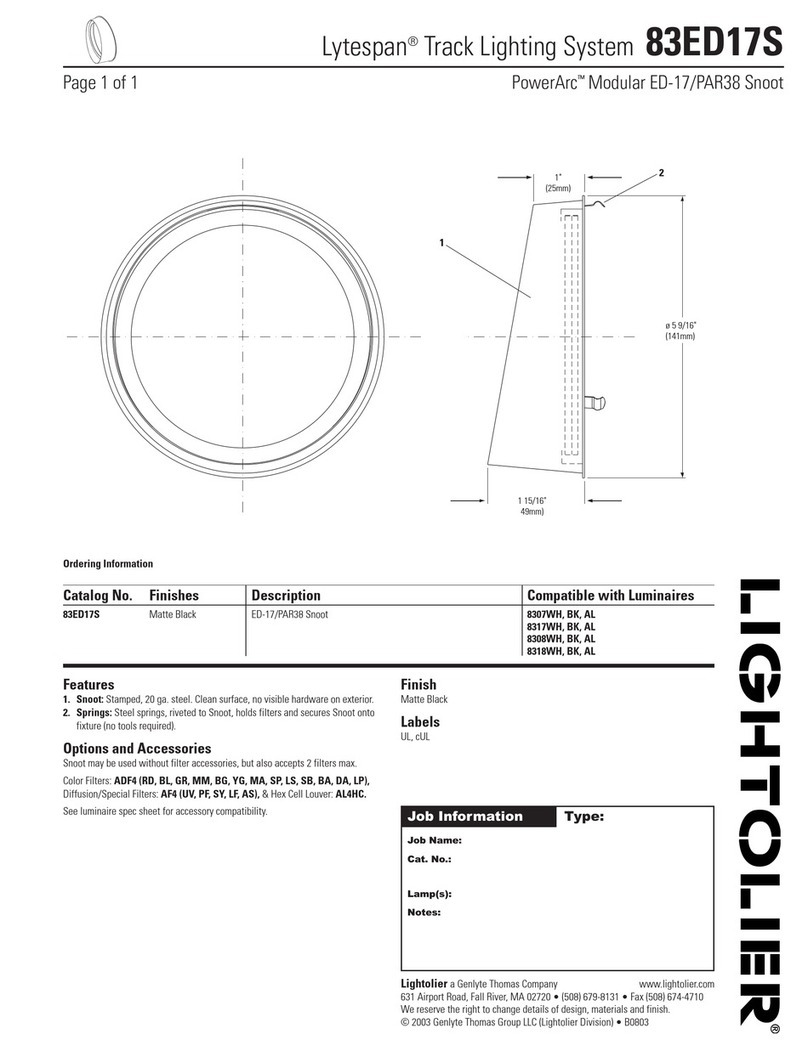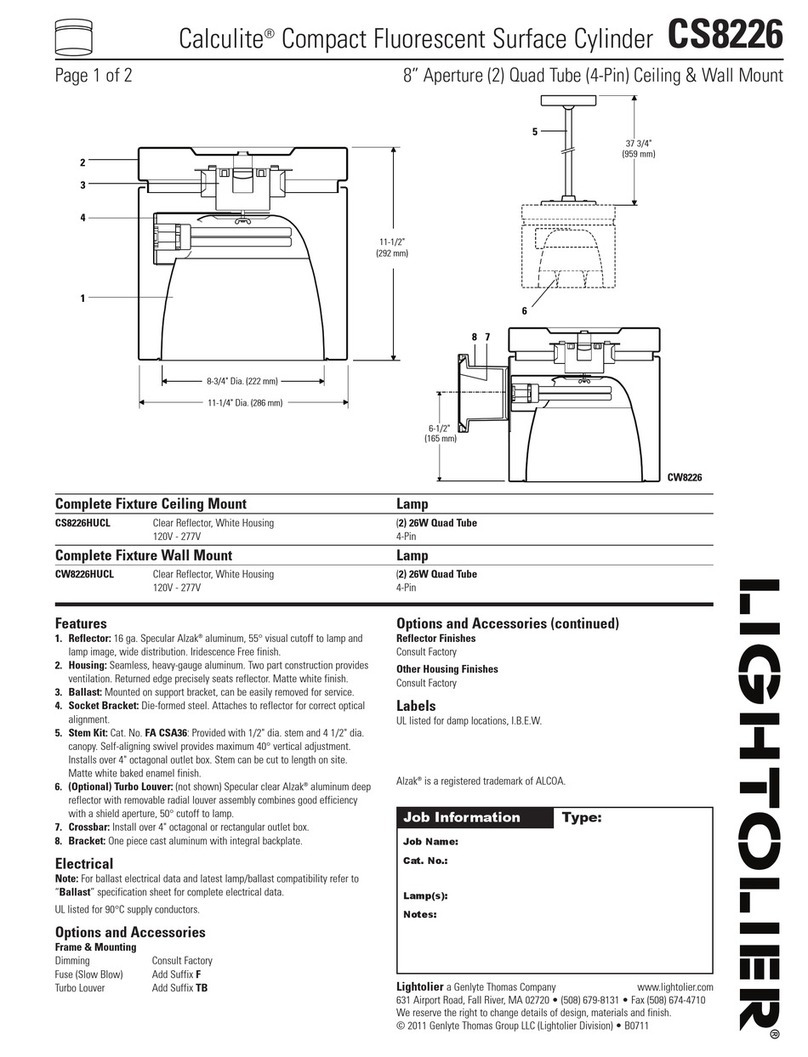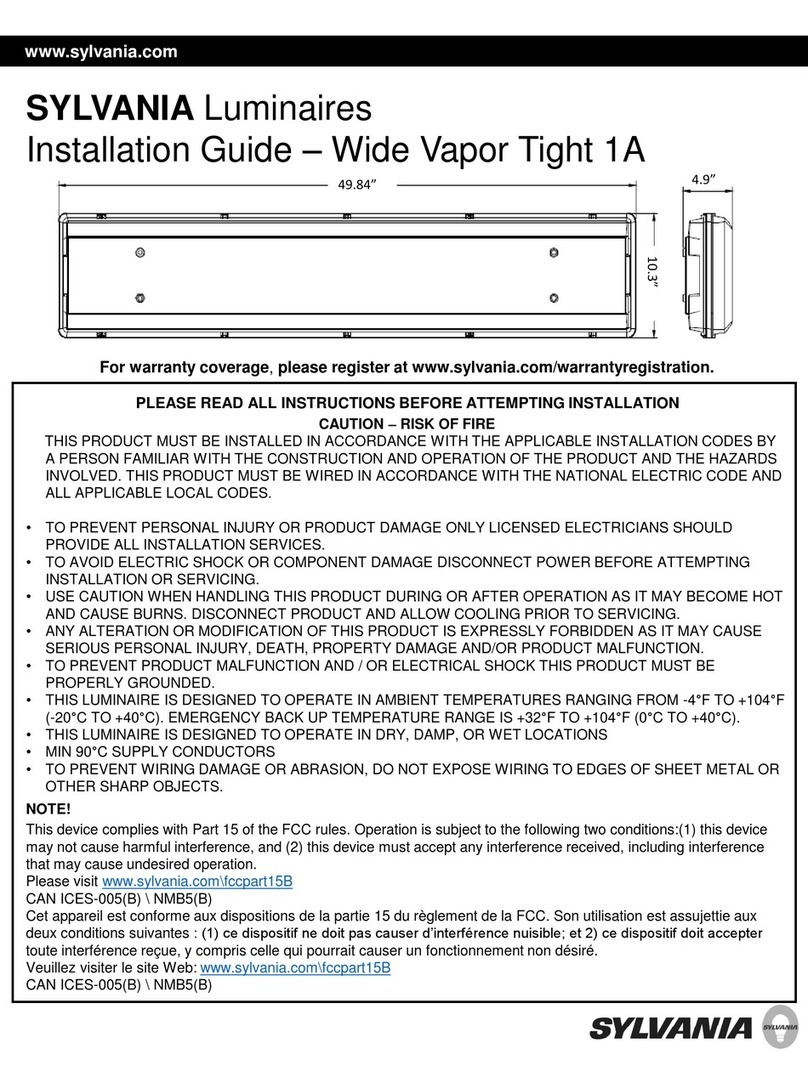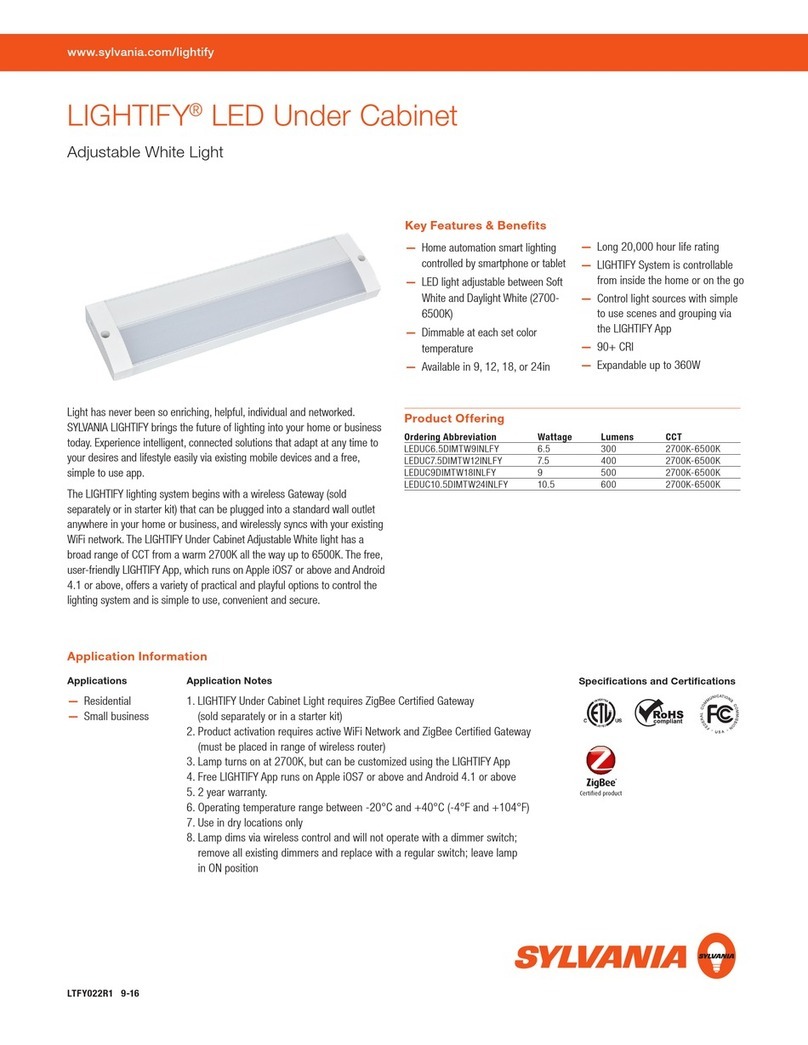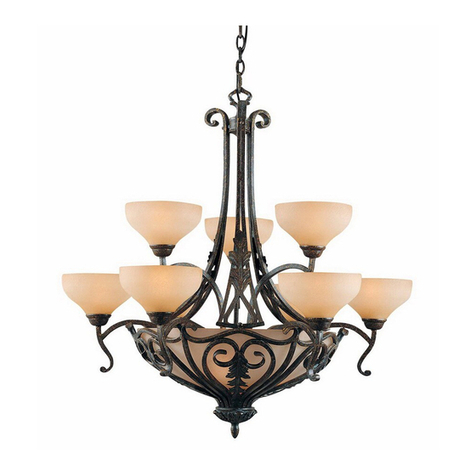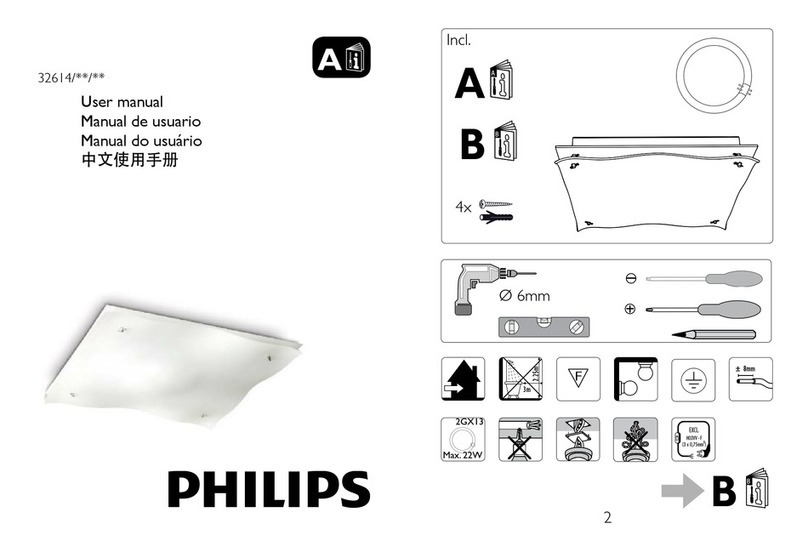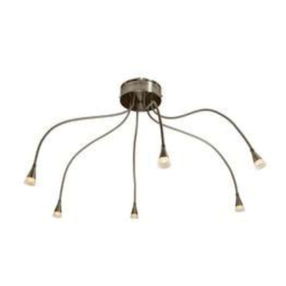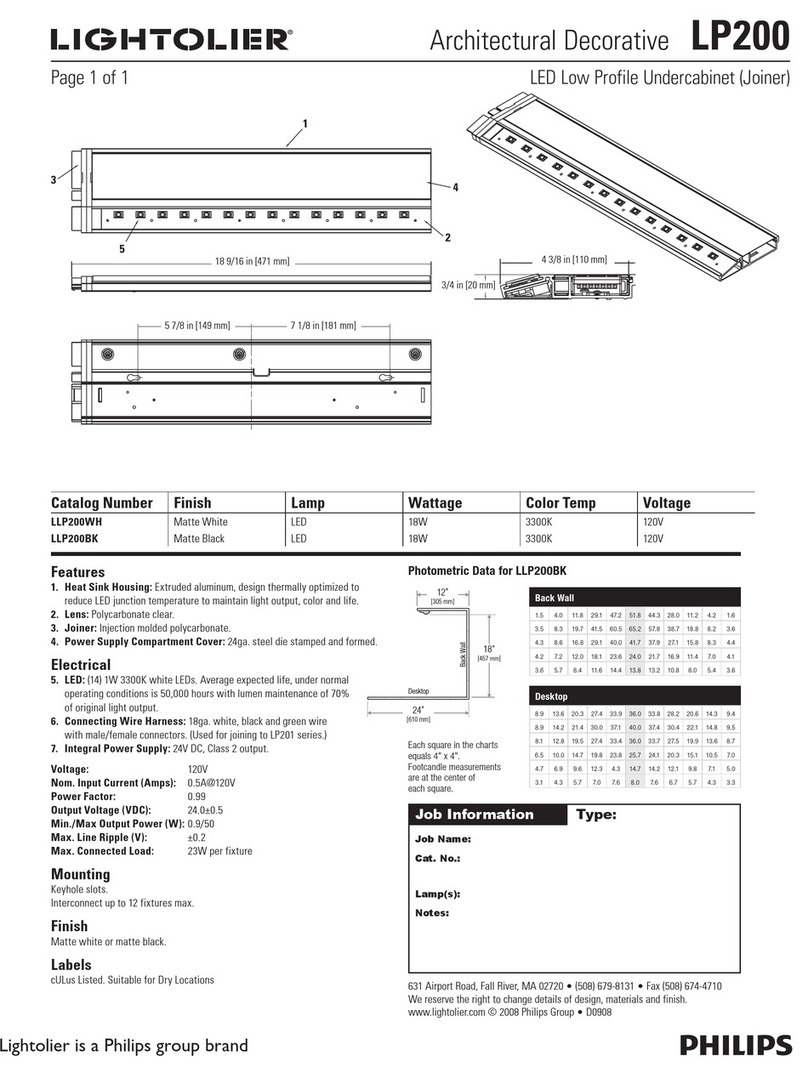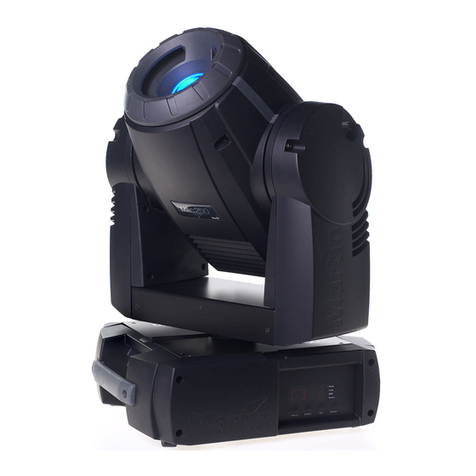be specifically validated in writing with the relevant brand before consideration. Product has been tested and compliant to
AS/NZS60598.2.5:2002 Region C, Terrain Category 2 Wind Loading, for wind speeds up to 250Km/H at a mounting height of
20m, after such an occurrence the luminaire may require re aiming to original lighting design. For areas outside of this scope,
requirements should be specifically validated in writing with the relevant brand before consideration
For luminaires located in Wind Region A and mounted as per table below, no re aiming will be required.
Wind Region A
Table above measured to AS/NZS1170.2:2011”Structural Design Actions – Wind Actions”
(b) products installed in corrosive or salt laden environments require special consideration and such; specific product
selection, inclusive of suitable fastening methods and extensive ongoing maintenance of products installed in these environments
require professional advice. It is essential that all aspects of the product selection, material specification and maintenance are
specifically designed for such use and a cleaning program be adopted that maintains the design integrity of the product.
7. MAINTENANCE:
(a) The supply must be isolated before opening or accessing the luminaire. Product maintenance is IMPORTANT and is critical to
the products designed performance. The product is to be maintained in accordance with the manufacturer’s instructions. For the
latest product maintenance guides please go to relevant brand web site. Gerard Lighting is not responsible for any product not
maintained in accordance with the recommended procedure or intervals. (b) lamps (where provided): The product is
designed with the supplied (LEDs) / LAMP/s and it is strongly recommended that any LAMP / (LEDs) changes (if any) be made in
accordance with the type, colour and brand supplied. For recommended LAMP / LED maintenance or operating guides (inclusive
of recommended product switch cycles and mandatory run-in procedures for HID and Fluorescent lamps when used with
dimming circuits), Gerard Lighting recommends the application of the lamp manufacturer’s operating guidelines, which can be
found on manufacturer’s website. Gerard Lighting is not responsible for the product performance of alternative lamp/s used. As a
member of FluroCycle, we encourage recycling of lamps and components. (c) Luminaire must be kept clear of foreign matter –
buildup of debris will degrade performance and void warranty. (d) Do not use high pressure cleaners. To maintain peak
optical performance, glass shall be wiped down with a damp cloth. Do not use any abrasives or chemicals. (e) for products
supplied with glass visors or covers, do not operate the product with a damaged visor or cover; it is recommended the
product be turned off, area surrounding the product vacated and the damaged glass replaced by a professional installer
immediately.
8. WARRANTY INSTRUCTIONS: For the purpose of warranty claims (if any) the following instructions apply:
Warranty components – THE PRODUCT, (identified as the SR4H757A2 only). Warranty period - The above components are
provided with a warranty of FIVE (5) year/s or 20,000 hours of operation (which ever arrives first) against manufacturing defects
or failure to perform to specifications for products installed by an authorised installer in accordance with the manufacturer’s
installation instructions and which have not been subject to incorrect operation or maintenance, unauthorised modification or
damage arising from any intervening cause. Warranty reference - The warranty reference date commences from the date of
purchase. Warranty point of contact – Gerard Lighting Pty Ltd, 96 Gow Street Padstow NSW 2211,
phone T 02 9794 9300 contact – Gerard Lighting After Sales Support.
Warranty claim procedure – For the purpose of making a claim the customer must:
1. Contact the “point of contact” above and upon provision of proof of purchase the customer will receive a goods return advice
(GRA) number. 2. At the customer’s expense, collect and return the goods to the “point of contact” with the issued GRA number.
3. Upon receipt of the goods, Gerard Lighting will review the claim and if found to be accepted, Gerard Lighting will return a
replacement product to the customer to install at the customer’s expense. Alternatively if the claim is rejected, the customer
may request the return of the goods at their expense. Consumer Contracts - The benefits to the customer given by the Gerard
Lighting warranty are in addition to other rights and remedies of the customer if the goods are the subject of a Consumer
Contract under the Australian Consumer Law. In that event the following statement is required to be brought to the Consumer’s
attention:- Our goods come with guarantees that cannot be excluded under the Australian Consumer Law. You are entitled to a
replacement or refund for a major failure and for compensation for any other reasonably foreseeable loss or damage. You are
also entitled to have the goods repaired or replaced if the goods fail to be of acceptable quality and the failure does not amount
to a major failure. Limitation of Liability – if the goods are not purchased by the customer under a Consumer Contract within
the Australian Consumer Law then but not otherwise;- (a) the Company is not liable in tort for any loss or damage suffered by
the customer or by any third party; and (b) in no circumstances is Gerard Lighting liable to the customer or to any third party
for any loss of profits, loss of anticipated savings, economic loss or interruption of business or for any indirect or
consequential
loss
(Consequential Loss). Terms of Sale – these Warranty provisions are in substitution for any inconsistent provisions in the
Gerard Lighting Terms and Conditions of Sale in so far as they apply to the Warranty components.
